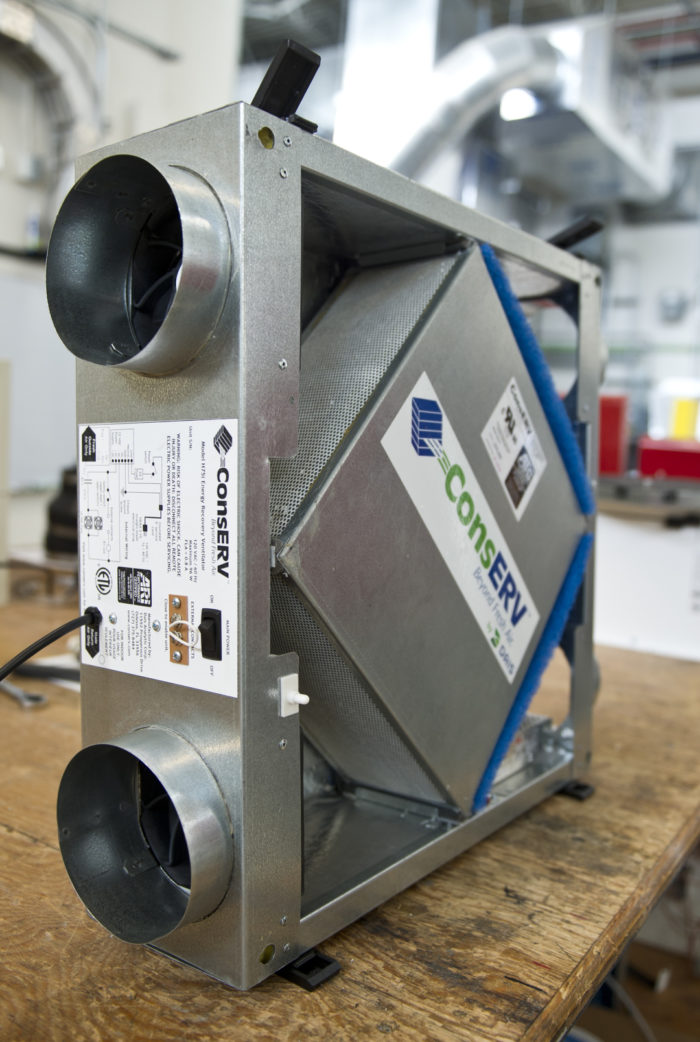Why HRV Is a Smart Investment for Modern Homeowners
Wiki Article
How Heat Recovery Ventilation Improves Indoor Air Quality and Reduces Energy Prices
Heat Recovery Ventilation (HRV) systems play a crucial function in boosting indoor air high quality while all at once lowering power expenses. By effectively trading stale interior air with fresh exterior air, HRVs assist keep optimal moisture and decrease toxins. Additionally, their capability to recuperate warmth from outgoing air lessens the pressure on heating and cooling systems. As energy expenses proceed to climb, recognizing the full potential of HRV systems becomes progressively vital for homeowners and companies alike.Comprehending Heat Recovery Ventilation Solutions

Heat recovery ventilation (HRV) systems play a vital function in improving interior air top quality, specifically in modern-day, energy-efficient structures. These systems are designed to transfer warm from the outward bound stagnant air to the inbound fresh air, thereby reducing energy loss while keeping perfect temperature level degrees indoors. HRVs contain a heat exchanger, followers, and ductwork, helping with the continuous flow of air. By removing indoor pollutants and introducing fresh air, HRVs aid to stabilize moisture degrees, stop mold growth, and reduce irritants. The efficiency of HRV systems depends on their capacity to recoup approximately 80% of the warm from the tired air, promoting power preservation while making sure a healthy interior setting. Their assimilation is crucial in accomplishing lasting living practices.
The Significance of Indoor Air Quality
Indoor air quality (IAQ) is a critical variable affecting the health and wellness and well-being of owners in any type of environment. Poor IAQ can bring about numerous health and wellness issues, including respiratory system issues, allergies, and exhaustion. Furthermore, it can aggravate status quo such as asthma. Aspects contributing to reduced IAQ consist of pollutants from interior sources like cleaning up representatives, mold, and insufficient air flow. Preserving excellent IAQ is vital for promoting a risk-free and comfy living or functioning room. Effective techniques to enhance IAQ entail normal monitoring of air high quality, appropriate air flow systems, and decreasing the use of damaging materials inside. By focusing on IAQ, people can guarantee a healthier atmosphere that cultivates performance and total quality of life.Energy Performance Conveniences of HRV Solutions
Numerous house owners and building supervisors are increasingly recognizing the power performance advantages of warm recovery air flow (HRV) systems. By transferring heat from tired indoor air to incoming fresh air, HRV systems noticeably decrease the energy required for cooling and heating. This process lessens reliance on conventional HVAC systems, bring about reduced power bills. In addition, HRVs aid preserve a balanced interior climate, preventing too much home heating or cooling down demands. The capability to recover up to 90% of the warm from outgoing air also sustains sustainability efforts by decreasing overall energy usage. Consequently, HRV systems add not just to set you back savings yet also to a lowered carbon footprint, aligning with the expanding focus on energy-efficient structure techniques.Installation and Upkeep Considerations
The effective implementation of warm healing air flow (HRV) systems calls for careful consideration of installation and upkeep factors to guarantee peak performance. Proper positioning of the HRV unit is necessary, as it must be mounted in an area that makes the most of air flow while minimizing sound interruption. In addition, ductwork has to be appropriately sized and protected to stop power loss. Regular upkeep, including filter substitute and system cleansing, is important to protect optimum performance and indoor air top quality. Proprietors ought to establish a regular maintenance timetable to identify and deal with potential issues prior to they rise. Collaboration with skilled professionals during both installation and upkeep stages can enhance the long life and effectiveness of HRV systems, ultimately leading to much better indoor atmospheres and lowered power costs.
Real-World Applications and Success Stories
Exploring real-world applications of heat recuperation ventilation (HRV) systems discloses their substantial influence on interior air quality and energy performance throughout different setups. In household structures, home owners have HRV Heat Recovery Ventilation actually reported enhanced air quality, leading to fewer allergic reactions and respiratory concerns. Schools carrying out HRV systems have kept in mind boosted trainee focus and decreased absence as a result of much better air flow. Commercial buildings, such as workplaces and retail spaces, have actually experienced reduced energy expenses and increased worker performance. For instance, a company office in a warm environment achieved a 30% decrease in energy expenses after mounting an HRV system. These success tales demonstrate that HRV modern technology not just adds to healthier atmospheres however likewise gives tangible monetary advantages, making it a valuable investment for different markets.Regularly Asked Questions
Can HRV Systems Minimize Irritants in Indoor Air?
The performance of HRV systems in reducing interior irritants primarily rests on their ability to filter and exchange air. HRV Heat Recovery Ventilation. By continuously replacing stale air, these systems can greatly reduce allergen levels throughout interior settings
Exactly How Does Humidity Affect HRV System Performance?
Moisture substantially influences HRV system efficiency; high degrees can lead to condensation, decreasing effectiveness, while low moisture may improve air exchange. Stabilizing humidity is vital for perfect procedure and preserving indoor air quality.Are HRV Solutions Noisy During Operation?
HRV systems can produce varying sound degrees during operation, depending on their design and installment. Some devices run silently, while others may produce recognizable audio, particularly at higher air flow settings or when poorly maintained.What Is the Ordinary Life Expectancy of an HRV System?

Can HRV Equipments Be Utilized in All Climates?
HRV systems can be made use of in different climates, yet their efficiency may differ - HRV Heat Recovery Ventilation. In severe temperatures, changes or supplementary systems could be needed to guarantee excellent efficiency and comfort while keeping indoor air top qualityReport this wiki page